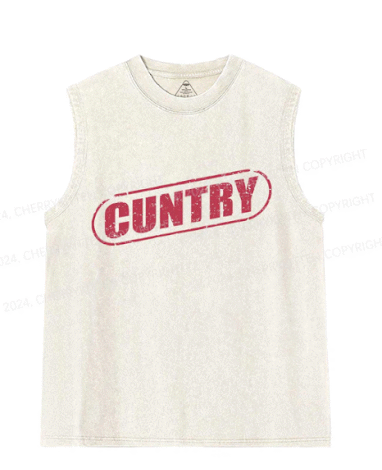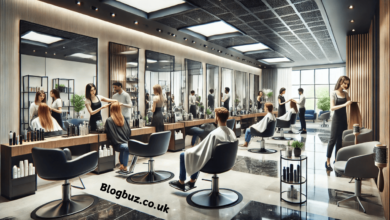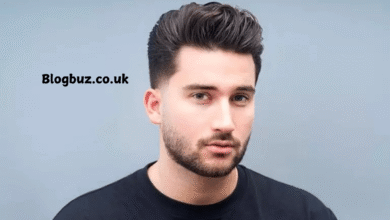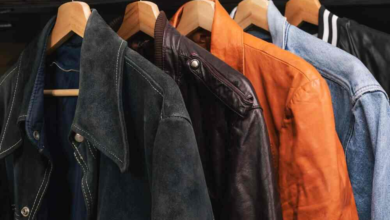Pride, Power & Pastels

Fashion is more than just fabric stitched together. It is a declaration, a mirror of the times, and sometimes a soft-spoken revolution. In today’s style climate, there’s a delicate yet powerful aesthetic emerging that speaks to authenticity and expression. This is the era of pride, power, and pastels—where the lightest shades carry the boldest messages, and personal identity is woven into every thread. Combining visual softness with emotional strength, this trend is taking center stage, and its roots go deeper than many realize.
At the heart of this movement is a vibrant mix of nostalgia and progressiveness. The soft tones of pastel pinks, baby blues, lemon yellows, and mint greens are not just visually appealing—they symbolize a gentler form of defiance. They contrast sharply with past fashion trends that equated strength with sharp lines and dark colors. Now, strength is shown in vulnerability and comfort. This pastel-powered shift is closely connected with the revival of y2k clothing and the rise of expressive pieces like baby tees that empower wearers to dress for themselves and no one else.
The New Meaning of Pastels
Pastels have long been associated with innocence, springtime, and traditionally feminine aesthetics. However, modern fashion has reimagined these soft hues as symbols of radical self-expression. When pastels are paired with bold silhouettes or worn with confidence, they transcend traditional expectations. They become a canvas for identity, open to reinterpretation by all genders, sizes, and personalities.
In this pastel-powered moment, color is no longer passive. A lavender crop top isn’t just cute—it can be a statement of queerness, calmness, or personal peace. A pale blue baby tee might be worn with rugged denim and chunky shoes, turning sweetness into something street-smart. The rise of these colors in popular looks represents a shift toward softness with intention. It’s not about blending in—it’s about standing out in a way that feels genuine and refreshing.
Y2K Clothing’s Gentle Rebellion
The revival of y2k clothing brought with it a blast of energy, youthfulness, and daring creativity. But one often overlooked part of the trend is how it celebrates color in a way that few other fashion eras have. Y2K style didn’t shy away from pink, sparkles, rhinestones, or experimental color palettes. And in 2025, these aesthetics are resurfacing—not just as a trend, but as a tool for storytelling and identity.
Back then, y2k fashion icons wore pastel leather pants, iridescent camisoles, and colorful miniskirts on red carpets. Today, influencers and everyday people are embracing that same aesthetic in more personal and diverse ways. Gender fluid styling, thrifted pastel tanks, and faded color-blocked jackets are redefining how we view y2k clothing. These pieces are being styled with intention, creating outfits that honor the past while rewriting its rules for a more inclusive future.
Baby Tees and Big Messages
Perhaps no single garment captures this pastel-powered confidence more than the baby tees. Originally popular in the early 2000s, baby tees were often worn by teen pop stars and featured cute, ironic slogans. In today’s fashion landscape, they’ve evolved into something much more powerful. A baby tee can still be playful, but it can also be political, poetic, or deeply personal.
Modern baby tees often feature affirmations, niche references, or even activist messages—printed in fonts that feel nostalgic and friendly. These miniature tops are typically tight-fitting and cropped, but they now come in a variety of sizes and styles to fit a broader audience. Paired with pastel cargo pants, a mesh undershirt, or a vintage skirt, the baby tee becomes more than just an item of clothing. It becomes a wearable thought. A pastel one with a subtle graphic might say more about the wearer than a whole paragraph ever could.
Pastels as Pride and Visibility
For many people, especially within the LGBTQ+ community, pastels offer more than aesthetic pleasure. They symbolize identity, healing, and pride. The soft pink, blue, and white shades of the transgender flag, the lavender historically associated with queer visibility, and other soft hues have become a quiet yet unmistakable form of expression.
In Pride Month and beyond, these colors are finding their way into streetwear, festival outfits, and everyday looks. And unlike traditional rainbow-themed attire, pastel pride looks often feel more integrated into personal style rather than performative. A pale pink cami, a mint green hoodie, or a lemon-colored baby tee can be both fashion-forward and personally meaningful. These pastel choices allow for visibility that’s not shouted, but felt—strong and steady.
The Power of Softness in Streetwear
Streetwear has traditionally been dominated by neutral tones, oversized fits, and masculine energy. But the pastel trend is beginning to change that, blending softness with the edge and confidence that street fashion demands. The result is a new kind of streetwear—a look that’s as comfortable in a skate park as it is in a pastel-colored room full of dreamers.
Pastel joggers, lavender puffer jackets, and powder-blue sneakers are showing up in street-style galleries everywhere. Combined with classic y2k clothing elements like wraparound sunglasses or baguette bags, this pastel movement adds dimension to an otherwise hard-edged aesthetic. And when a soft-colored baby tee is layered under a baggy zip-up hoodie or paired with techwear pants, it creates an outfit that subverts expectations. Here, softness is not weakness. It’s style evolution.
Embracing the Moodboard Generation
Fashion is increasingly shaped by online inspiration, and nowhere is that clearer than in the pastel and Y2K revival movement. Pinterest, TikTok, and Instagram have become digital closets, where moodboards and outfit reels inspire daily looks. Hashtags related to y2k clothing, pastelcore, and soft girl style are flooded with content that mixes nostalgia with forward-thinking creativity.
The new generation of fashion lovers doesn’t just shop—they curate. They collect ideas, color palettes, and textures, building aesthetic identities that grow over time. A pastel look might include a thrifted mesh shrug, a baby tee with vintage lettering, and a pair of platform sandals, all documented in a perfectly lit photo carousel. For many, building these looks is an act of artistry, not vanity. It’s about creating a feeling, sharing a vibe, and inviting others to do the same.
Sustainability and Slow Fashion in the Pastel Movement
One of the most promising aspects of this trend is its compatibility with sustainable fashion. Pastel styles and y2k clothing are both highly available in secondhand markets. Thrift stores, vintage boutiques, and online resale platforms are overflowing with pastel pieces from previous decades. Many of the most sought-after baby tees and pastel tanks are now considered valuable secondhand treasures.
This means that expressing yourself through pride, power, and pastels doesn’t have to come at the cost of environmental impact. By mixing thrifted items with modern pieces or supporting small independent designers, wearers can craft beautiful, expressive outfits that align with both their values and their aesthetic. It’s a reminder that fashion doesn’t have to be fast to be powerful. When you wear something old in a new way, it carries both memory and meaning.
Conclusion
Pride, power, and pastels may sound like a dreamy combination, but they represent something very real—a shift in how we define strength and identity through style. The growing popularity of pastel tones, baby tees, and elements of y2k clothing reflects a new generation’s desire to express themselves gently, but boldly. It’s about making room for softness in a world that often demands hardness.
These looks offer more than visual appeal—they provide comfort, courage, and connection. Whether you’re wearing a pale pink tee with a personal message, layering pastel mesh over satin, or reclaiming early 2000s fashion with a new perspective, every choice becomes part of your own story. In a society that’s often loud and harsh, choosing to show up in pastels can be its own quiet revolution. And there’s something beautifully powerful about that.




